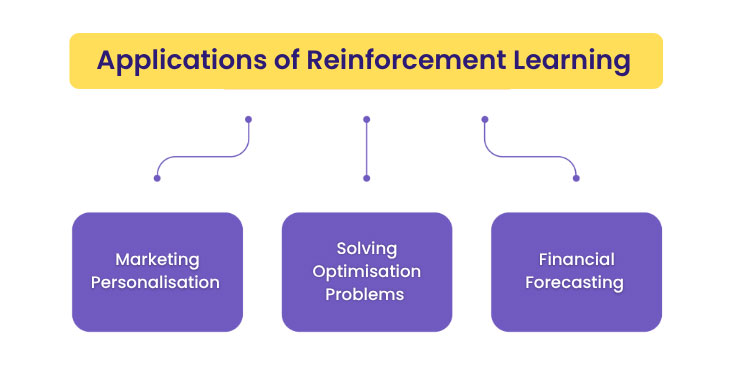SQL Data Analysis
In today’s data-driven world, the ability to analyze and derive insights from vast amounts of data is a valuable skill. One such powerful tool that enables efficient data analysis is SQL (Structured Query Language). SQL has long been a cornerstone of data management and is widely used for querying and manipulating relational databases. In this article, we will explore how SQL can be a useful tool in combination with Pandas, a popular data analysis library in Python.
Let’s dive in!
Understanding the Role of SQL in Data Analysis
SQL plays a vital role in data analysis, offering a standardized language for accessing and manipulating structured data. It provides a seamless way to retrieve specific information from large databases by formulating queries. SQL queries are capable of filtering, sorting, aggregating, and performing complex joins across multiple tables, allowing analysts to extract meaningful insights from complex datasets.
You’re reading the article, Is SQL data analysis tool?
Importance of SQL in Data Analysis Jobs
In the realm of data analysis jobs, SQL is highly sought after by employers. Organizations worldwide rely on SQL to manage and analyze vast amounts of data efficiently. Proficiency in SQL opens doors to various career opportunities, including SQL developer jobs, database administrator roles, and data analyst positions. In fact, SQL jobs in India are in high demand, with companies actively seeking professionals well-versed in this essential language.
You’re reading the article, Is SQL data analysis tool?
You’re reading the article, Is SQL data analysis tool?
Benefits of Combining SQL with Pandas
Pandas, a powerful data manipulation and analysis library in Python, complements SQL in numerous ways. By leveraging both tools, analysts can enhance their data analysis capabilities and achieve more comprehensive insights. Let’s explore the benefits of combining SQL with Pandas:
- Efficient Data Retrieval: SQL excels at querying large databases, while Pandas simplifies data manipulation and analysis. By using SQL to fetch relevant data and importing it into Pandas, analysts can work with subsets of data for further exploration and analysis.
- Data Cleaning and Transformation: Pandas offers a rich set of functions to clean and transform data, making it well-suited for preprocessing tasks. After importing data from SQL, analysts can utilize Pandas’ robust functionalities to handle missing values, perform data type conversions, and apply complex transformations, ensuring data quality and consistency.
- Advanced Data Analysis: Once data is imported into Pandas, analysts can leverage its extensive data manipulation capabilities, statistical functions, and visualization tools to perform in-depth analysis. Pandas allow for complex calculations, aggregations, and exploratory data analysis, empowering analysts to uncover patterns, trends, and relationships within the data.
- Seamless Integration: SQL and Pandas can seamlessly integrate within the Python ecosystem. Analysts can use SQL queries to filter and fetch specific data from databases, then load it into Pandas data structures for further processing. This combination provides a flexible workflow that combines the power of SQL with the versatility of Python’s data analysis capabilities.
You’re reading the article, Is SQL data analysis tool? Read our article, SQL Vs NoSQL: Choosing The Right Database For Your Project.
Should I Learn SQL in 2023
Absolutely! As we progress further into the era of big data, the demand for data professionals with SQL skills will continue to rise. Learning SQL equips you with a fundamental tool for data analysis, enabling you to manipulate and extract valuable insights from vast datasets. By investing in SQL knowledge, you enhance your employability and open doors to exciting career opportunities in the field of data analytics.
You’re reading the article, Is SQL data analysis tool?
Conclusion
In the realm of data analysis, SQL proves to be an indispensable tool when combined with Pandas. SQL’s ability to query and manipulate large databases seamlessly integrates with Pandas’ powerful data manipulation and analysis capabilities. By leveraging both tools, analysts can efficiently retrieve data, perform data cleaning and transformation, and conduct advanced data analysis.
Aspiring data analysts looking to make their mark in this thriving field should consider acquiring SQL skills alongside Pandas expertise.
You’re reading the article, Is SQL data analysis tool?
If you are interested in pursuing a career in data analytics and want to learn Python for data analysis, consider exploring the Python for Data Analytics certification program offered by ConsoleFlare. With its comprehensive curriculum and expert instructors, ConsoleFlare provides a top-notch learning experience to help you excel in the field of data analytics.
So, seize the opportunity, equip yourself with SQL, master Pandas, and embark on an exciting journey into the world of data analysis!
Hope you liked reading the article, Is SQL data analysis tool? Please share your thoughts in the comments section below.







One thought on “Is SQL data analysis tool?”